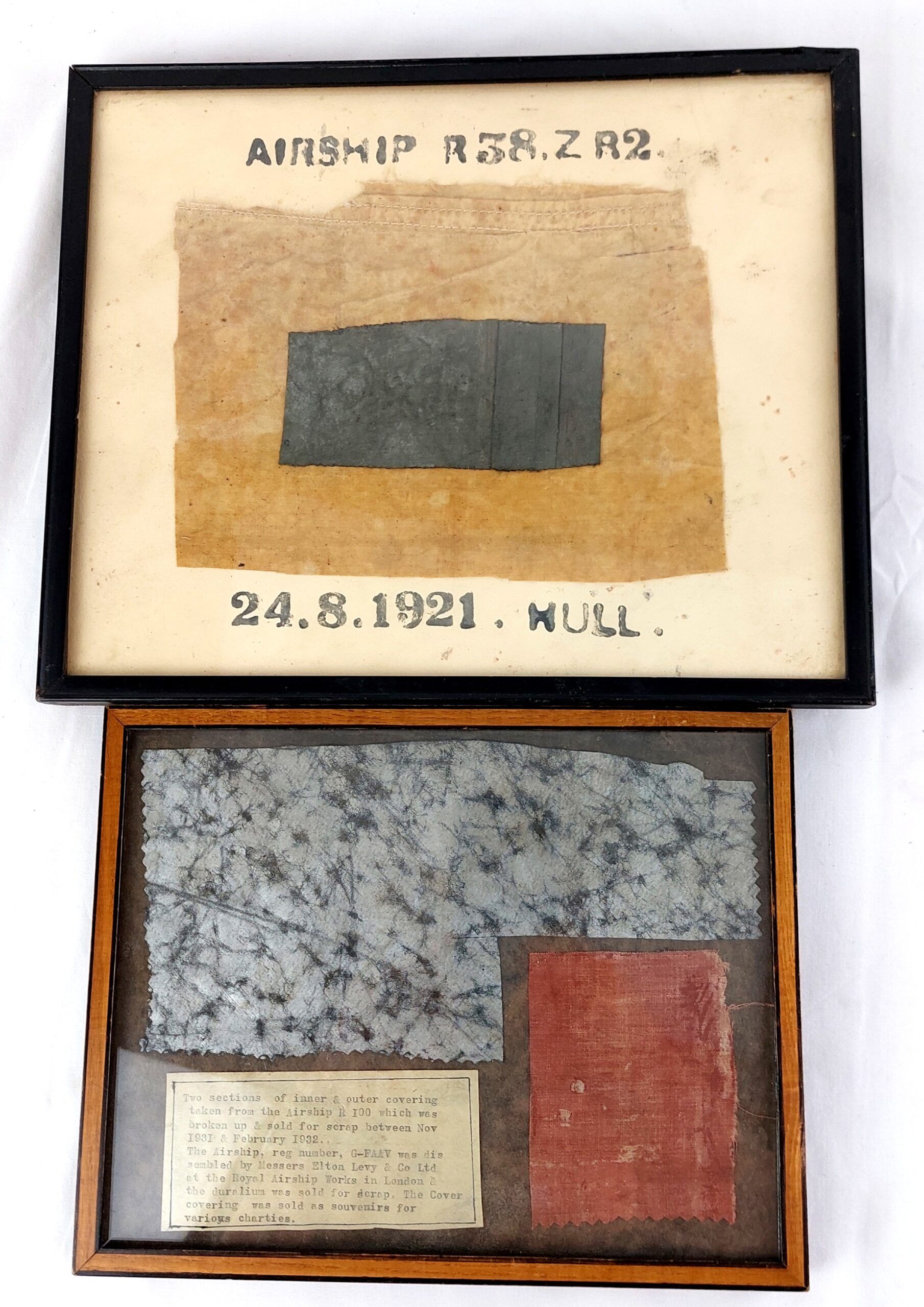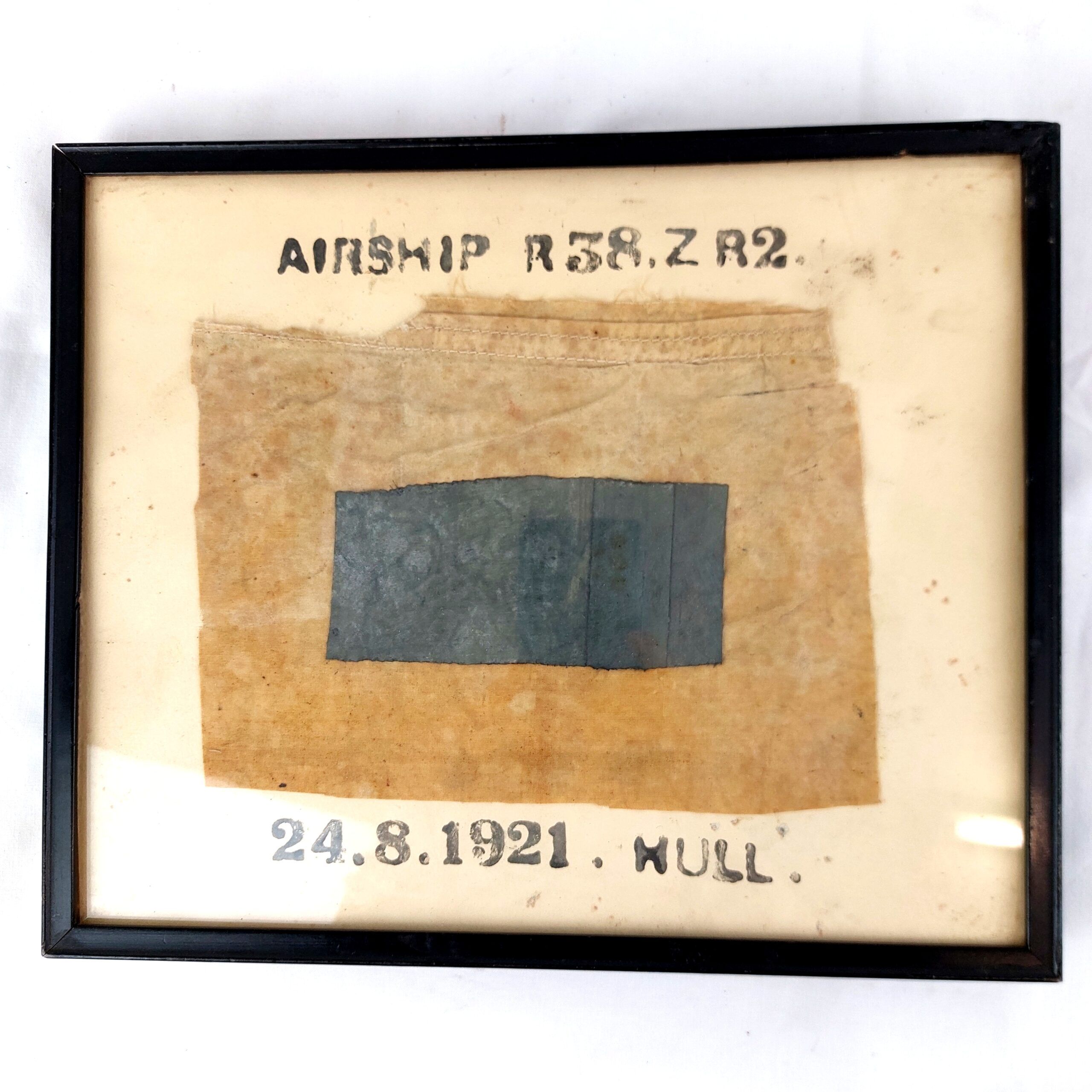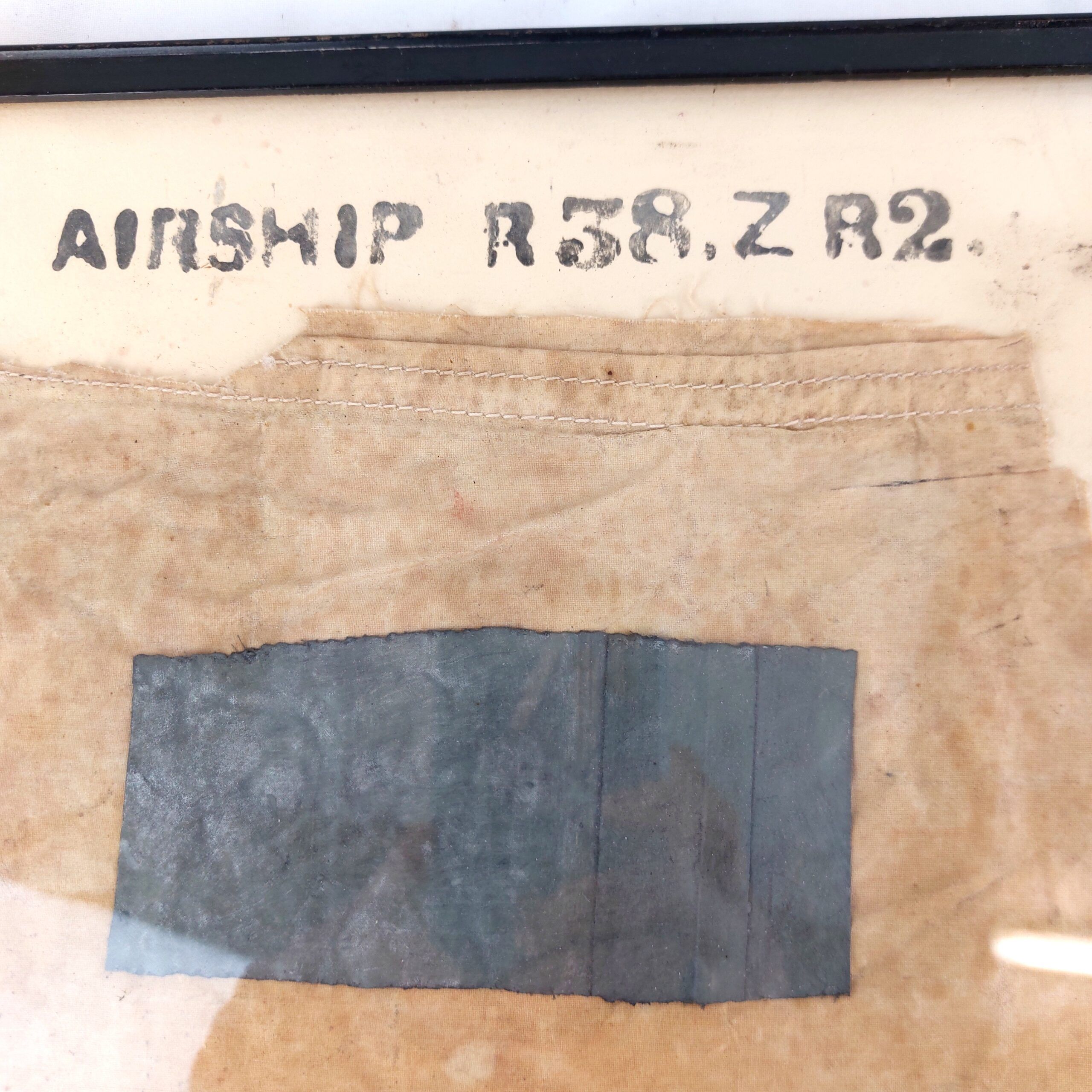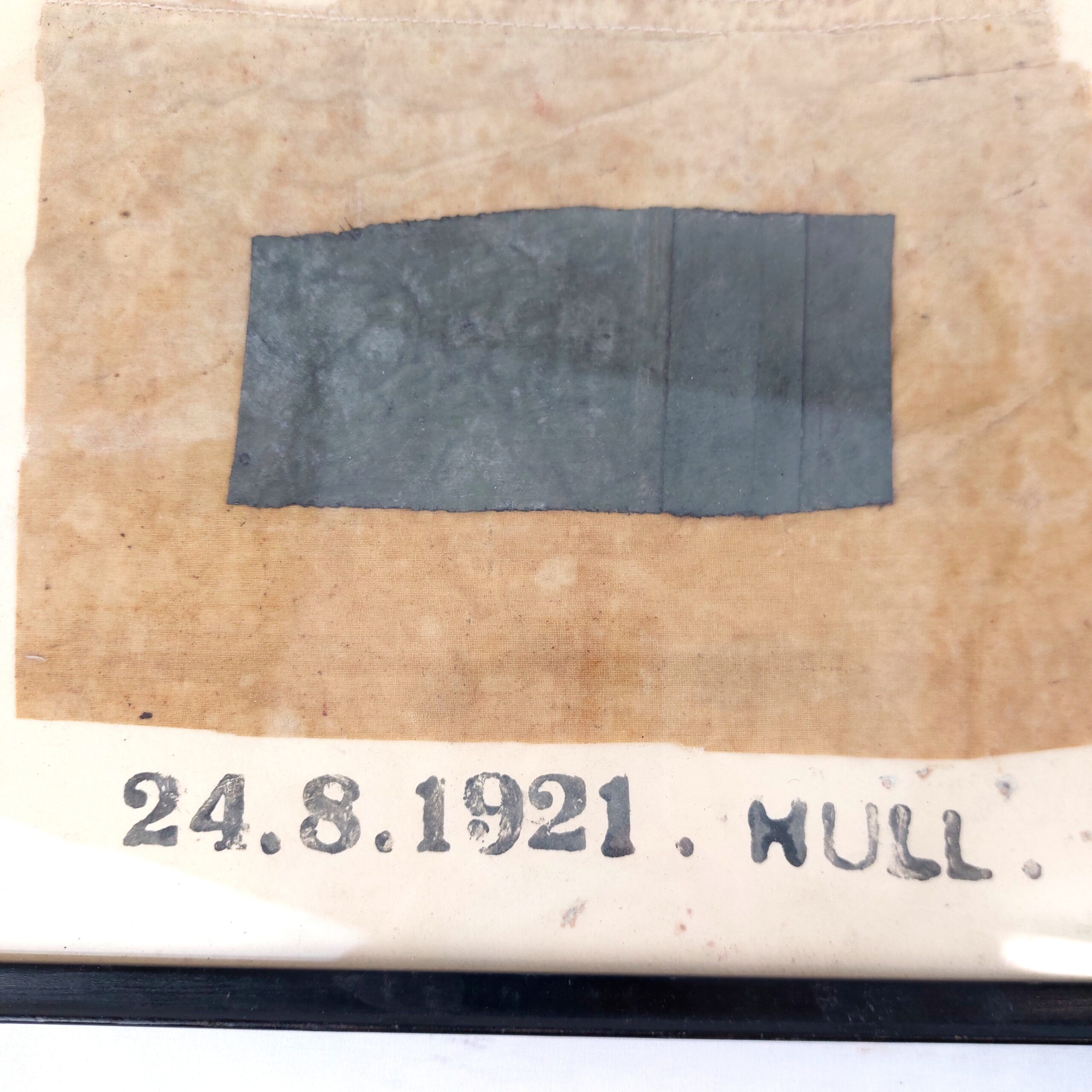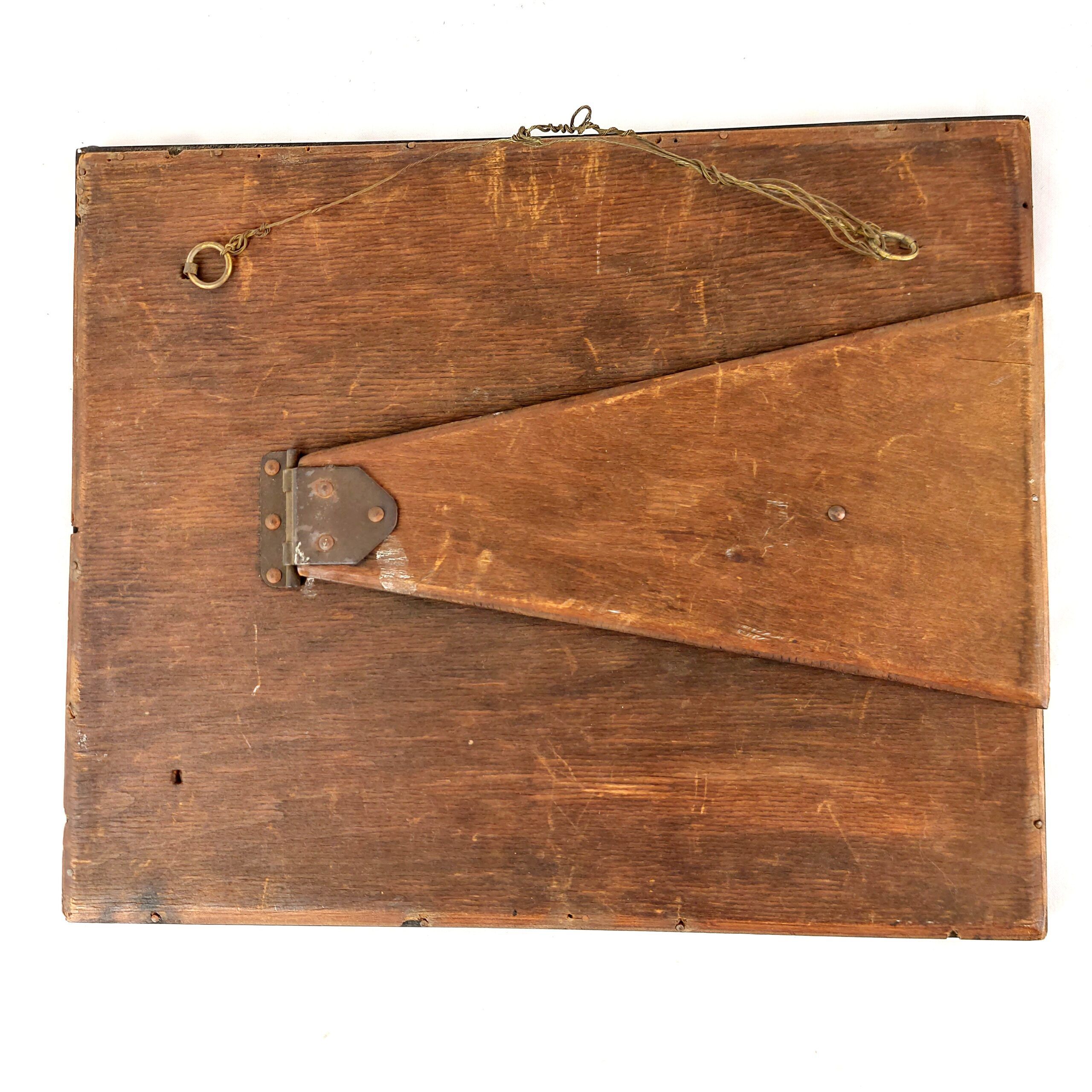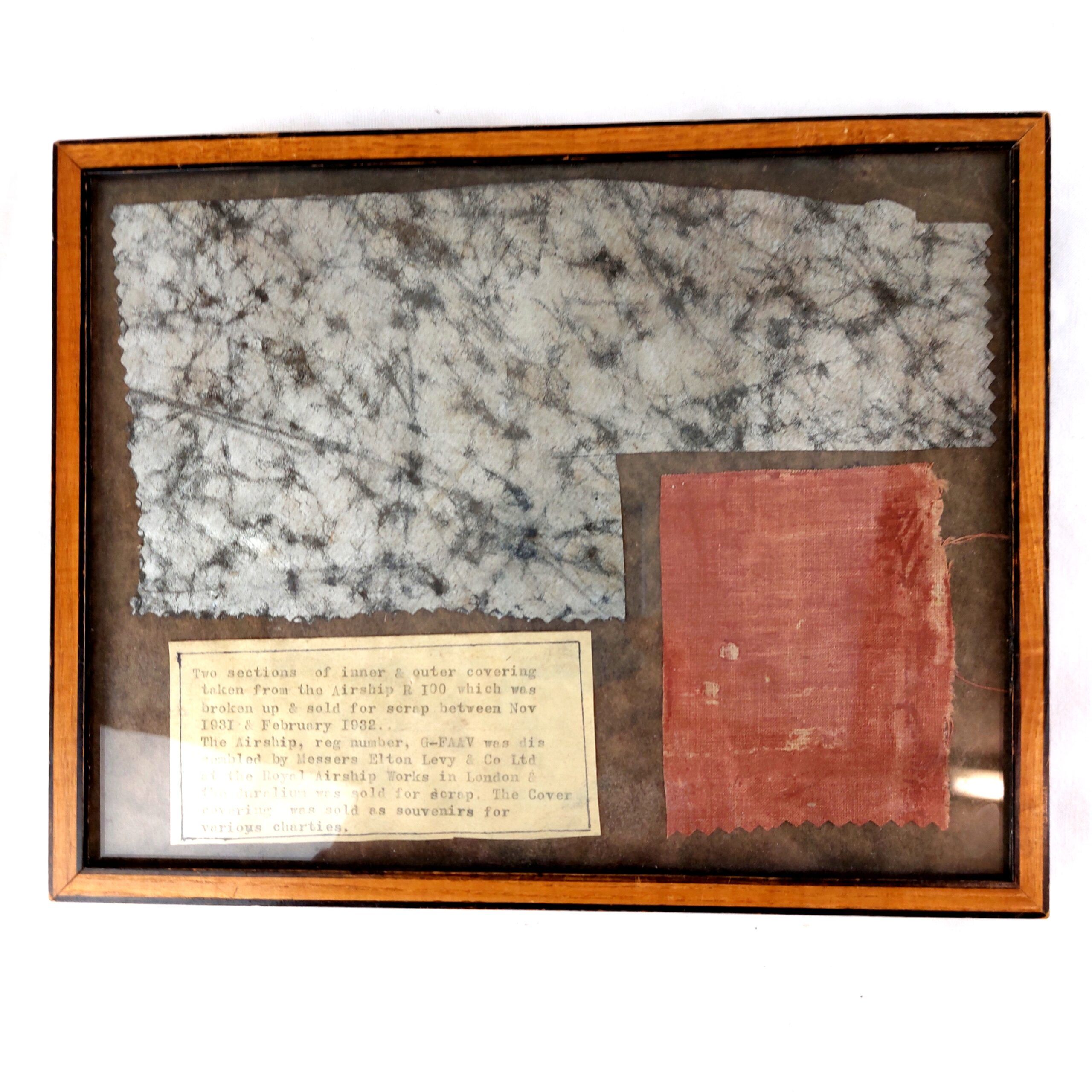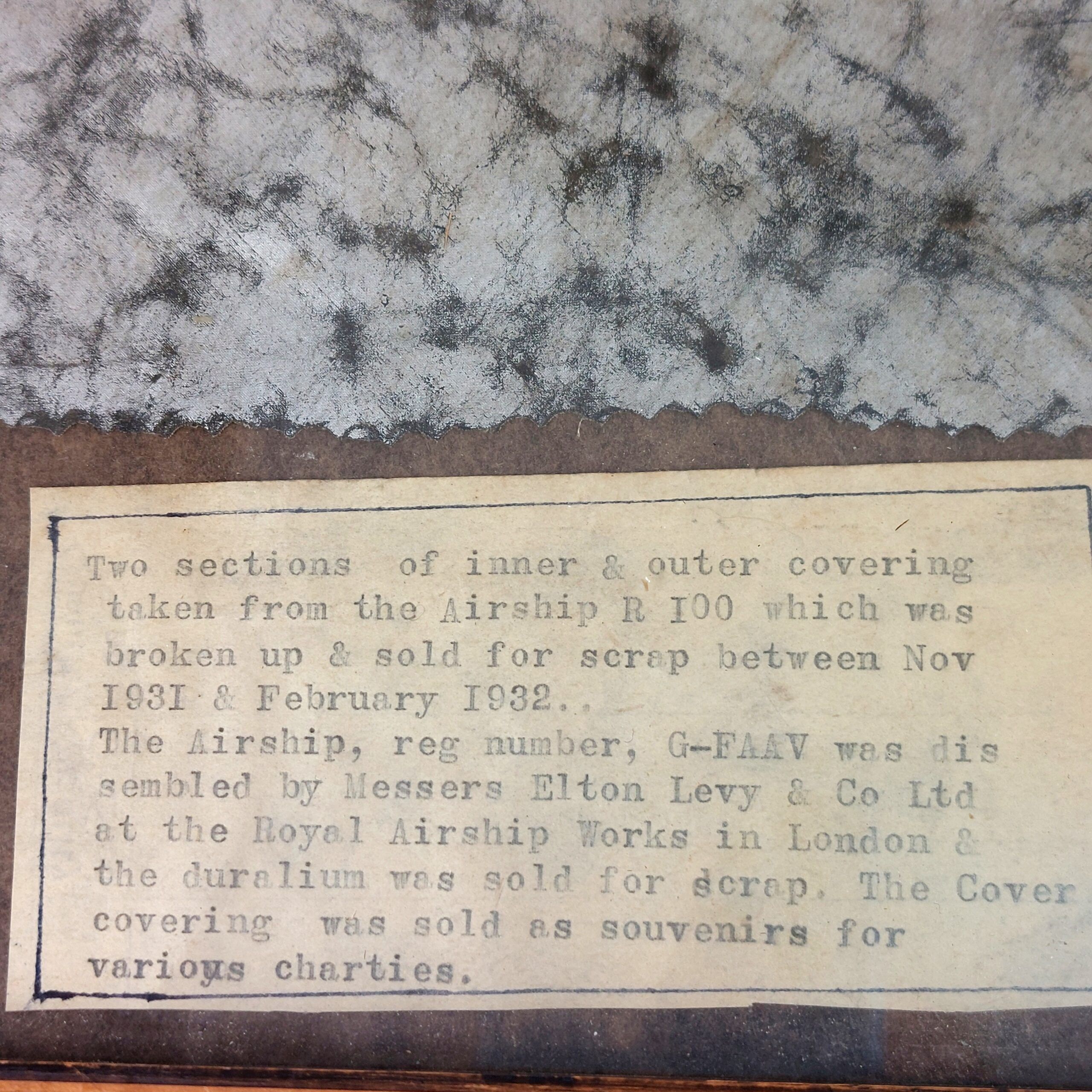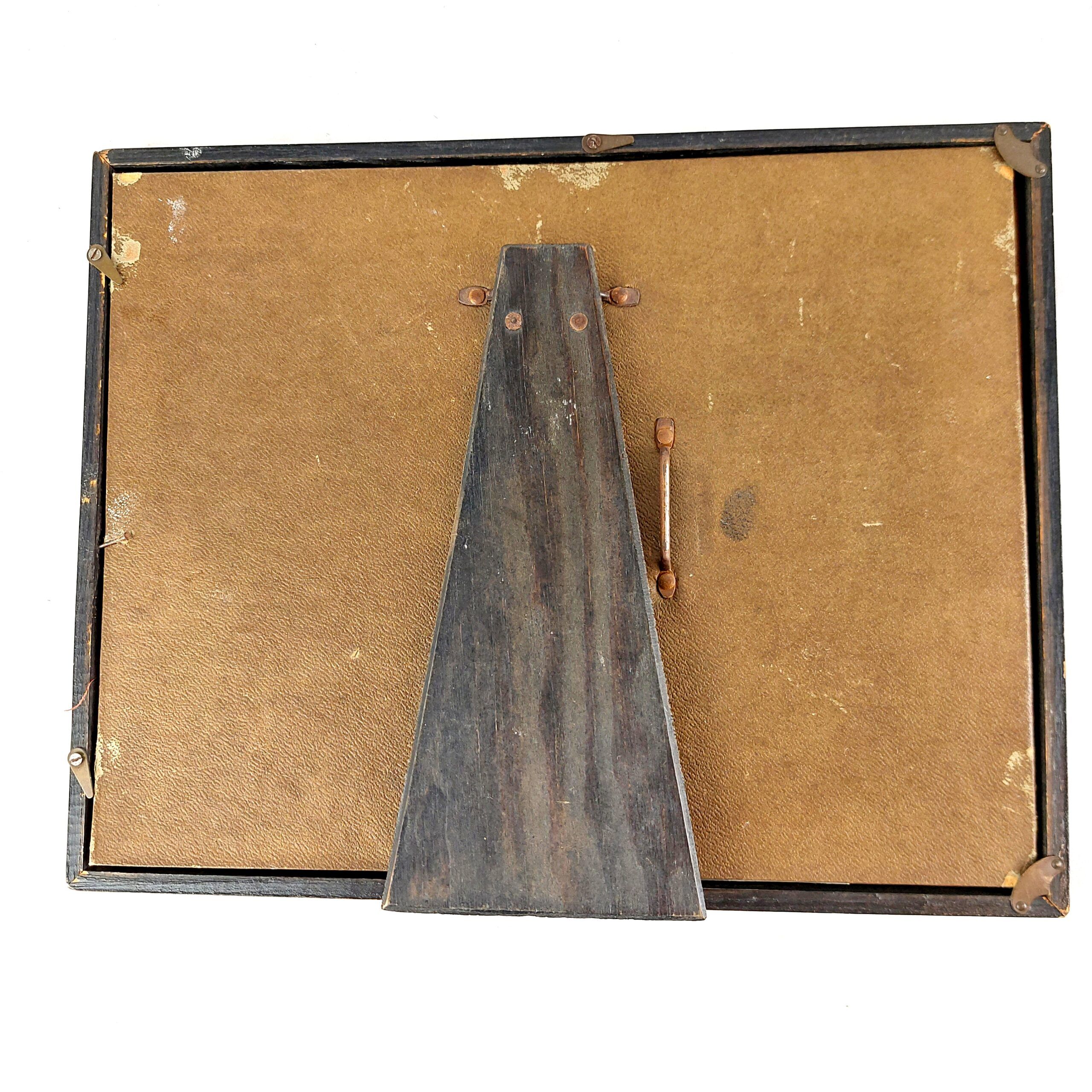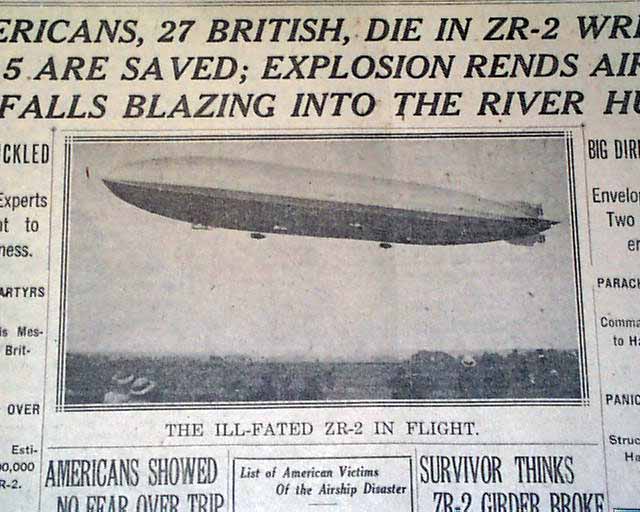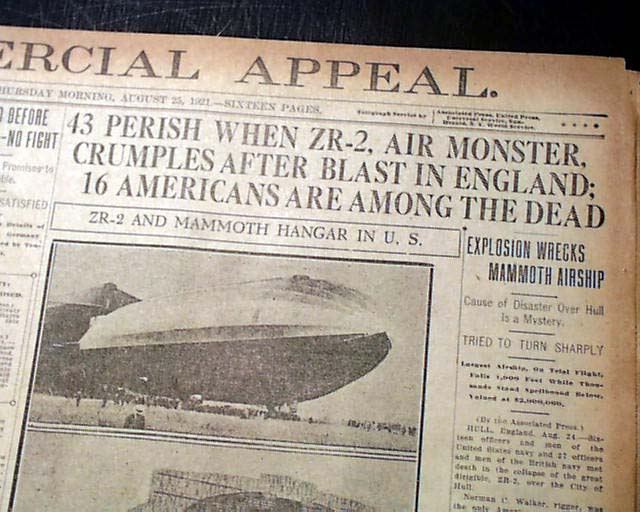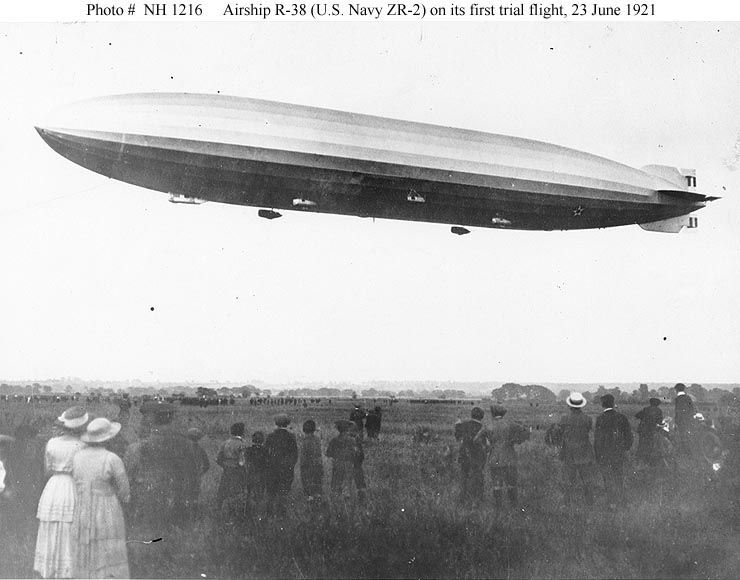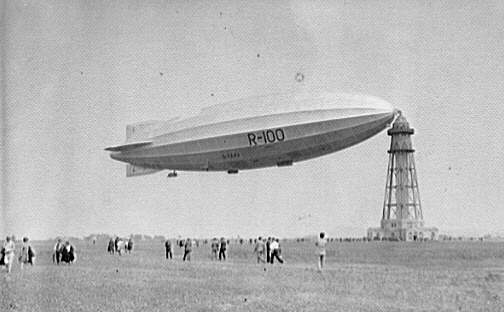*VERY RARE: British, WW1, Remnants from Airship R38 ZR2 and AirShip R100, Framed*
This is an incredible opportunity to own these fascinating fragments of British aviation history.
Frame one:
Named: “Airship R38,ZR2″
Captioned: 24/08/1921. Hull.
Section of fabric recovered from R38 when it crashed into the River Humber on 23 August 1921.
Black Wooden Frame measures 11.5″ / 29.2cm x 9.5” / 24cm
Fragment measures approx: 19.5cm x 14.5cm
Frame two:
Two sections of fabric recovered from R100 when it was sold for scrap 1931.
Brown wooden frame measures: 9.5″ / 24cm x 7.5″ / 19cm
Larger scrap measures 21cm across x 10.5cm at its widest point
Smaller Red Scrap measures approx: 7cm x 8.5cm
It includes a Note:
“Two sections of inner and outer covering taken from the Airship R100 which was broken up and sold for scrap between Nov 1931 and February 1932.
The Airship, reg number, G-FAAV was dissembled by Messers Elton Levy & Co Ltd at the Royal Airship Works in London & the duralium was sold for scrap. The Cover covering was sold as souvenirs for various charities.”
About the R.38 Airship Class
The R.38 class (also known as the A class) of rigid airships was designed for Britain’s Royal Navy during the final months of World War I for long-range patrol duties over the North Sea. Originally, the Admiralty ordered four similar airships, but the orders for three (R.39, R.40, and R.41) were cancelled after the armistice with Germany. R.38, the lead ship of the class, was sold to the United States Navy in October 1919 before it was completed. The R.38 was a giant of the sky, 695ft long and 85ft high.
On 24 August 1921, R.38 (designated ZR-2 by the USN) suffered a structural failure while flying over Hull and crashed into the Humber Estuary. This disaster resulted in the deaths of 44 out of the 49 crew members on board, as well as one black cat named Snowball. At the time of its first flight, it was the world’s largest airship, and its destruction marked the first major airship disaster. It is believed that the rush to deliver the airship led to insufficient testing. Instead of the recommended 150 hours of trial flights, it only completed about 40 hours. The Americans were eager to bring it back to the United States, and the British government was in a hurry to secure the payment, hoping the R.38 would revitalize the airship industry. This disaster effectively ended military interest in airships. The Howden base was closed, and its buildings and equipment were sold off.
Thousands witnessed the crash as they were making their way home from work and stopped to watch the giant airship maneuvering over the estuary. ‘The men in the control car heard a sound like gunfire, the girders were buckling and snapping apart. The nose dropped suddenly and the captain ordered ballast to be discharged to right her, not realising that his airship was breaking in two. She finally parted in the middle, ‘like a cracked egg’ said one witness, who saw it from the ground.’ People ventured out to the wreckage in boats to rescue the crew, a brave act given that the Humber was alight with burning petrol from the engines.
About the R.100 Airship
The R.38 disaster prompted a thorough investigation into the structure of airships, influencing the design of the subsequent British-built airships, R.100 and R.101.
His Majesty’s Airship R100 was a privately designed and built British rigid airship, created as part of a two-ship competition to develop a commercial airship service for British Empire routes under the Imperial Airship Scheme. The other airship, R101, was built by the British Air Ministry, but both were government-funded. R100 was constructed by the Airship Guarantee Company, a subsidiary of the armaments firm Vickers-Armstrongs, led by Commander Dennis Burney. The design team was headed by Barnes Wallis, later famous for inventing the bouncing bomb, and included Nevil Shute Norway (the novelist Nevil Shute) as the senior stress engineer.
R100’s maiden flight was in December 1929. It underwent several trial flights and successfully completed a return crossing of the Atlantic in July–August 1930. However, after the crash of R101 in October 1930, the Imperial Airship Scheme was terminated, and R100 was dismantled for scrap.
*Condition*
Good used condition. Some foxing to the paper but the fragments are in good condition. Please see photographs as part of the condition report. Please note the photographs of the Airships and the Newspaper Cuttings are not part of this sale and for reference only.
JAQCOOXGOO_5224169439


